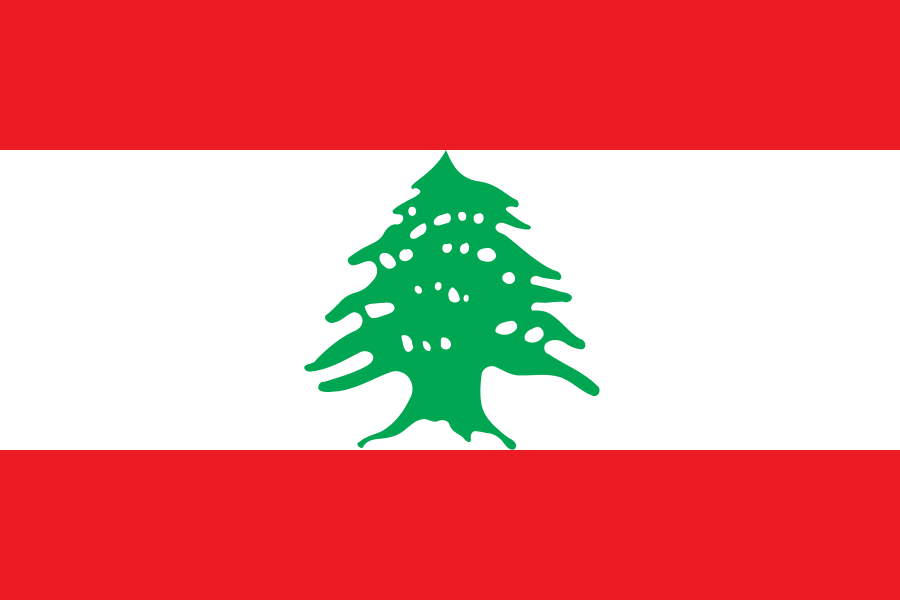Lebanese Wine
From Wikipedia, the free Encyclopedia
The latitudes of the Lebanon on the eastern Mediterranean coast may seem too low for high-quality wine production, but the Bekaa Valley on an inland plateau as high as England’s tallest mountains eases the temperatures considerably and can yield some very exciting red wines. Chateau Musar is the label best known outside the Lebanon and is similar to French Bordeaux. Whites tend to be weak but some dry rosés are made by producers such as Chateaux Kefraya and Ksara.
. In 2011, roughly six million bottles of Lebanese wine were produced from 5000 acres (2000ha) of vineyards concentrated mostly in the Bekaa Valley. The majority of Lebanese wine is exported to the UK, France and the USA, where the receptive consumer bases have encouraged healthy growth in Lebanon's modern wine industry. In 1998 there were fewer than ten wineries in Lebanon – now there are more than 30. The majority of the wine they produce is red, made from the classic wine grapes of southern France.
Lebanese wine history dates back more than five millennia. It begins with the Phoenicians, an ancient civilization whose strong culture of travel and trade was of considerable importance to the development of early Mediterranean civilization. Wine was an important export for this ancient culture, and was taken to Egypt in large volumes and traded for gold.

